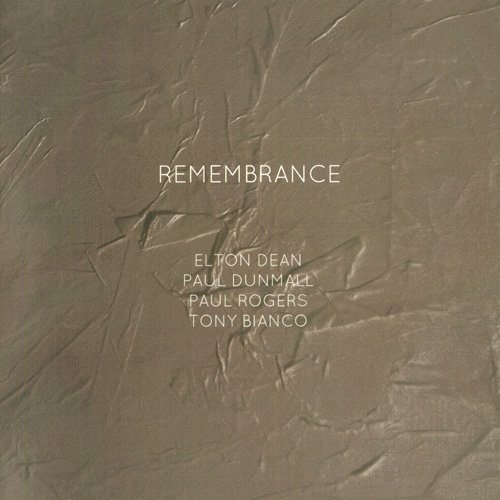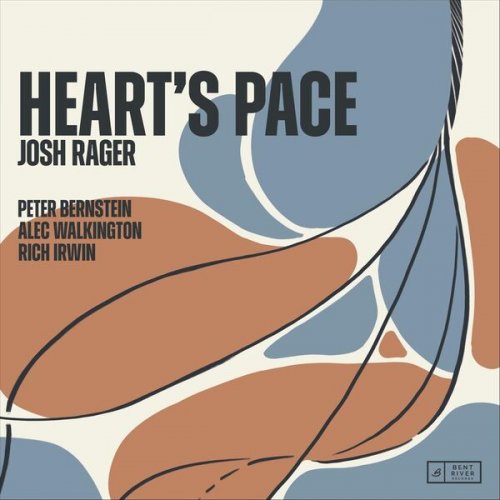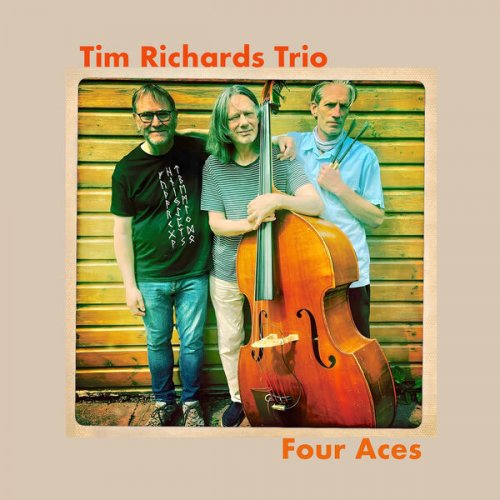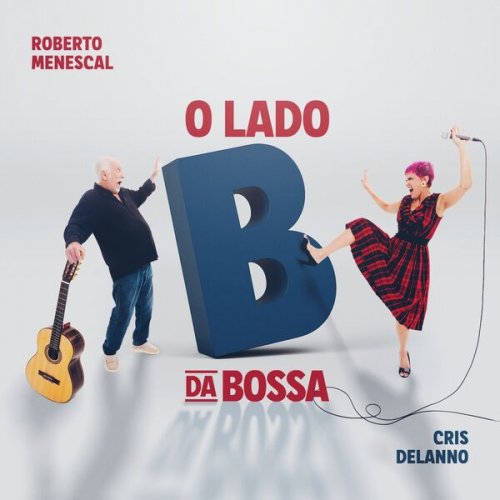Bergen Barokk - Domestic Bach (2015)
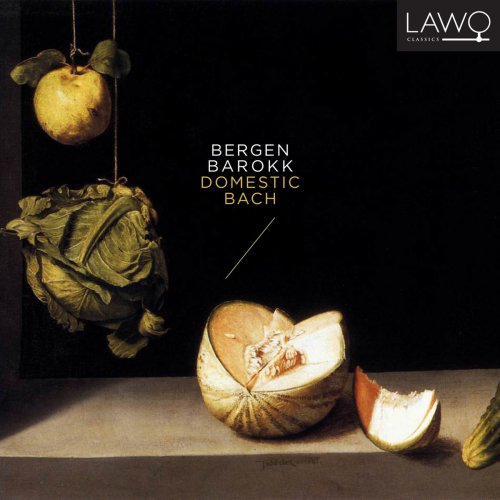
Artist: Bergen Barokk
Title: Domestic Bach
Year Of Release: 2015
Label: Lawo Classics
Genre: Classical
Quality: FLAC (tracks+booklet)
Total Time: 58:21 min
Total Size: 282 MB
WebSite: Album Preview
Tracklist:Title: Domestic Bach
Year Of Release: 2015
Label: Lawo Classics
Genre: Classical
Quality: FLAC (tracks+booklet)
Total Time: 58:21 min
Total Size: 282 MB
WebSite: Album Preview
01. Trio Sonata adapted from BWV 1039 and BWV 1027 (G major): 1. Adagio
02. Trio Sonata adapted from BWV 1039 and BWV 1027 (G major): 2. Allegro ma non tanto
03. Trio Sonata adapted from BWV 1039 and BWV 1027 (G major): 3. Andante
04. Trio Sonata adapted from BWV 1039 and BWV 1027 (G major): 4. Allegro moderato
05. Choral: «Liebster Jesu, Wir Sind Hier», BWV 731 (G major)
06. Andante from «Organ Trio», BWV 527 (D minor)
07. Choral: «Wachet Auf, Ruft Uns Die Stimme», BWV 645 (E-flat major)
08. Menuet, BWV Anh. 114 (G major)
09. [Aria] «So oft ich meine Tobackspfeife», BWV 515a (G minor)
10. Polonaise, BWV Anh. 125 (G minor)
11. Menuet, BWV Anh. 116 (G major)
12. Marche, BWV Anh. 122 (D major)
13. [Polonaise], BWV Anh. 128 (D minor)
14. Aria, BWV 515 (D minor)
15. Musette, BWV Anh. 126 (D major)
16. Sarabande from BWV 1013 (D minor)
17. «Warum betrübst du dich», BWV 516 ( F minor)
18. Rondeau, BWV Anh. 183 (B major)
19. Canon a 2 per Tonos: «Ascendenteque Modulationis ascendat Gloria Regis» from «Das Musikalische Opfer», BWV 1079
20. Fuga canonica in Epidiapente (C minor) from «Das Musikalische Opfer», BWV 1079
21. Choral praeludium: «Jesus, meine Zuversicht», BWV 728 (C major)
One of the merits of the early music movement has been to highlight the flexibility of the Baroque repertoire and to show how conducive it is to realisation in a variety of ensembles and contexts. Yet the modern perception of Bach clearly has a life of its own. There is an almost unspoken romanticised notion among musicians, researchers and the listening public that the genius of this master's works, unlike those of his contemporaries, must be understood and respected in the context of complete and perfect compositions.
To tamper with these works would somehow compromise this perfection. However, this is not the way the master himself would have seen it. Bach saw music as a science and himself as a researcher. Like some of his contemporaries, he would not be averse to re-use his own material (often called musical parody). This is by no means due to laziness, rather because re-using for him was really a way to further explore the material's potential. The same can be said for his attitude towards reworking the oevres of other composers. Bach was not one to plagiarize or "improve" his contemporaries' works, but preferred to learn from and explore the opportunities of a composition. Armed with a score by a Vivaldi or a Pergolesi, he would inevitably pick up Italian musical traits and link it in with his own personal style.
Inspired by Bach's practice, Bergen Barokk has for many years arranged, and at times quite radically rearranged, several of Bach's works and adapted them to our performance situations. We have both abridged and elaborated on original scores and discovered that there is scarcely a harpsichord piece, an organ trio, cantata, aria or dance from Notebook for Anna Magdalena Bach that is not waiting to be unravelled in several ways. In this recording we present some selected examples.
To tamper with these works would somehow compromise this perfection. However, this is not the way the master himself would have seen it. Bach saw music as a science and himself as a researcher. Like some of his contemporaries, he would not be averse to re-use his own material (often called musical parody). This is by no means due to laziness, rather because re-using for him was really a way to further explore the material's potential. The same can be said for his attitude towards reworking the oevres of other composers. Bach was not one to plagiarize or "improve" his contemporaries' works, but preferred to learn from and explore the opportunities of a composition. Armed with a score by a Vivaldi or a Pergolesi, he would inevitably pick up Italian musical traits and link it in with his own personal style.
Inspired by Bach's practice, Bergen Barokk has for many years arranged, and at times quite radically rearranged, several of Bach's works and adapted them to our performance situations. We have both abridged and elaborated on original scores and discovered that there is scarcely a harpsichord piece, an organ trio, cantata, aria or dance from Notebook for Anna Magdalena Bach that is not waiting to be unravelled in several ways. In this recording we present some selected examples.
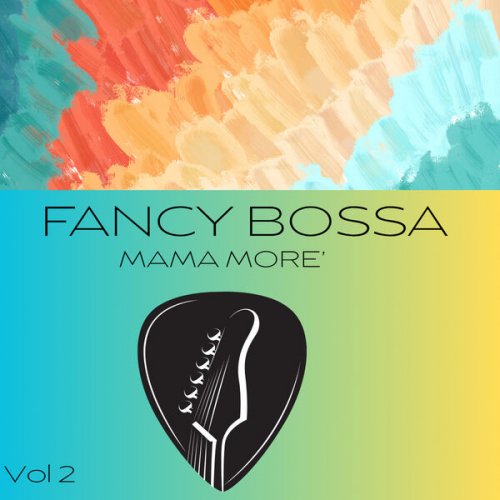
![Sam Most - But Beautiful (2025) [Hi-Res] Sam Most - But Beautiful (2025) [Hi-Res]](https://img.israbox.com/img/2025-12/12/n19esmi2zxvr716zw8citn0dv.jpg)
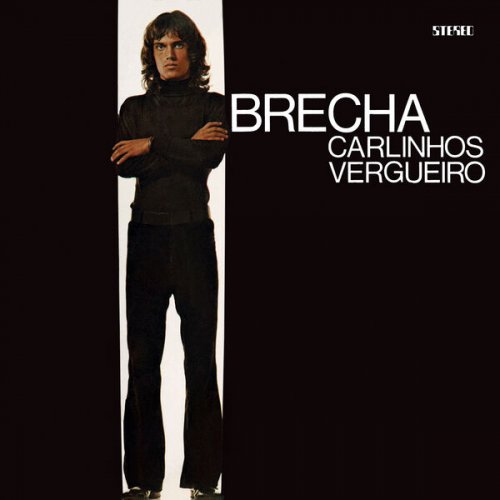
![Tomasz Stanko, Polskie Radio - Jazz Rock Company: Live at Akwarium (Polish Radio Sessions vol. 6/6) (2025) [Hi-Res] Tomasz Stanko, Polskie Radio - Jazz Rock Company: Live at Akwarium (Polish Radio Sessions vol. 6/6) (2025) [Hi-Res]](https://www.dibpic.com/uploads/posts/2025-12/1765796554_cover.jpg)
